Comprehensive Insights into AI Implementation
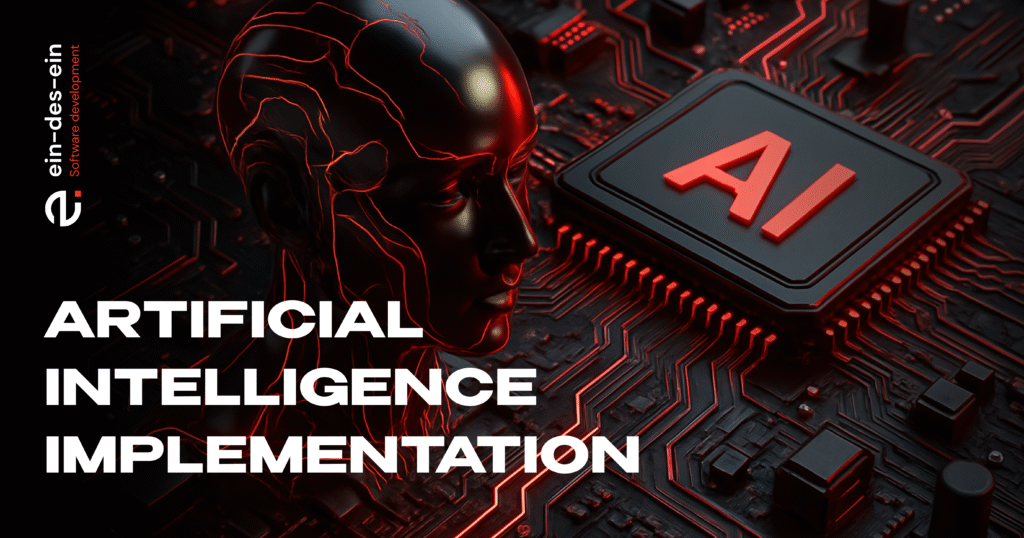
Let’s be honest — AI is no longer just an innovation in business circles; it’s a necessity and an everyday reality. In fact, it’s almost the opposite: hearing that a business doesn’t use AI, chatbots, or at least ChatGPT nowadays feels unusual, even strange. Honestly, we all do it now — me, you, even your grandma — asking AI how to water hydrangeas properly or make lasagna.
But let’s get back to business. Implementing AI touches on all the key aspects of your success: cutting personnel costs (some tasks can be fully handed over to AI tools), optimizing almost any process — customer support, sales, production, quality assessment. And it boosts your revenue because you can complete projects exponentially faster.
Still, some companies struggle with automation and transitioning to new ways. Why fix what seems to work, even if it’s creaky? Isn’t that better than nothing? We encourage such organizations to think bigger — aim for the moon and dream about results multiplied by ten — especially once we help pinpoint exactly where to implement such tools (it’s not always obvious at first glance). Now, the client is convinced and ready to act. What’s next? Successful AI implementation isn’t magic. It’s a mix of clear goals, clean data, smart tools, and realistic expectations! Let’s dive deep and make sense of how to actually implement AI — and benefit from it.
Unlocking Business Benefits through AI Adoption
Such AI adoption isn’t just about jumping on the tech bandwagon. When done right, AI doesn’t just make things faster — it makes them smarter, safer, and… even more human-focused. Paradoxical as it may sound, after all, AI is meant to serve humans — not the other way around.
Not sure which direction to run in? There are dozens of awesome automation ideas for all kinds of industries — let’s take a look at just a few examples! Even if it’s not your industry, think about which of these ideas could work brilliantly in your case.
Applications of Artificial Intelligence
Finance
- Real-time credit scoring from alternative data
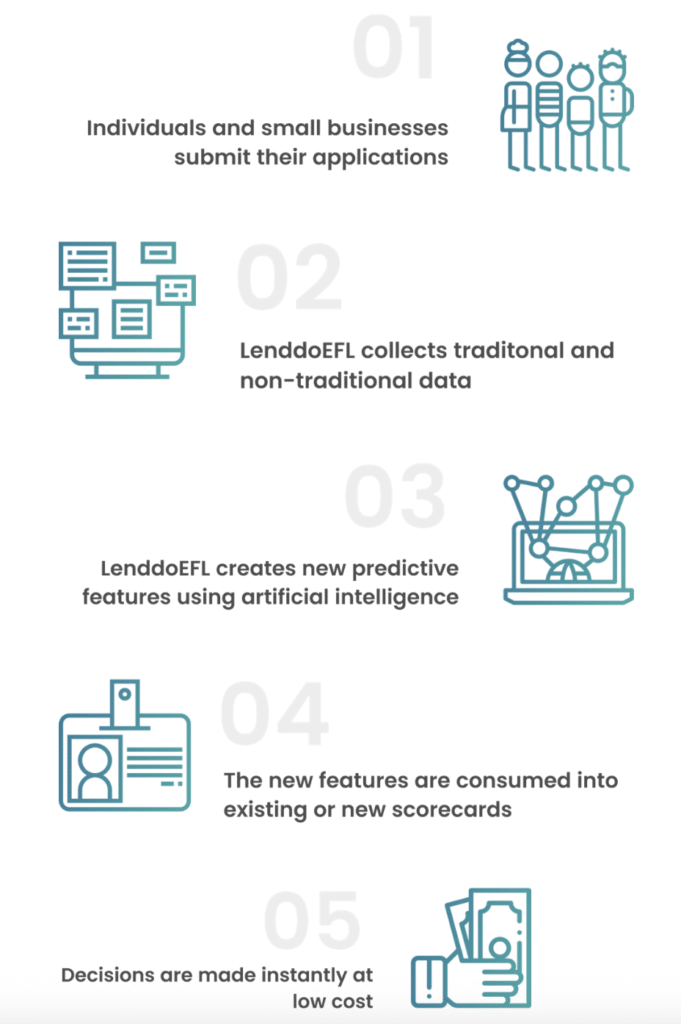
- Predicting market sentiment from news & social media
- Detecting internal fraud within financial institutions
- AI-powered compliance monitoring
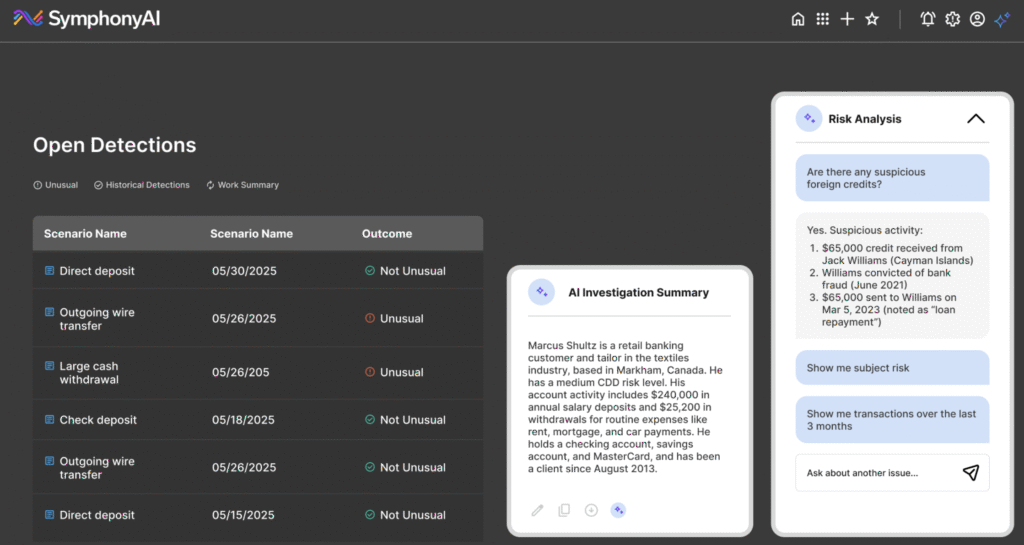
- Dynamic pricing for insurance premiums
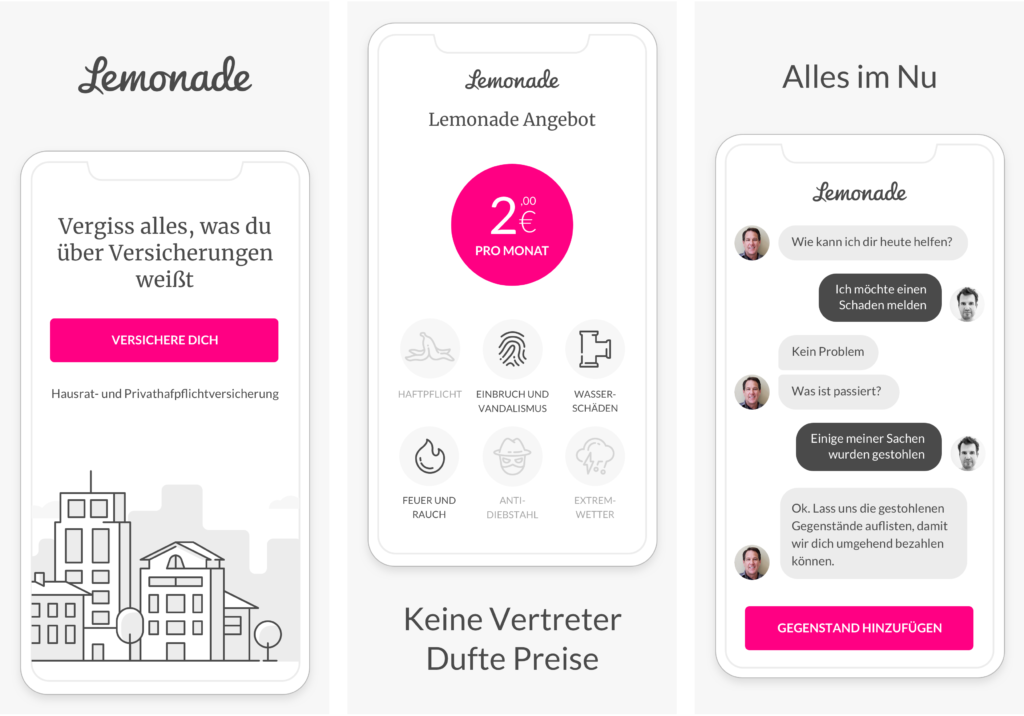
- Customer churn prediction and prevention
- Contract analysis and auto-flagging anomalies
- AI-enhanced financial forecasting
- Voice biometrics for secure transactions

Retail
- Automated shelf inventory monitoring via computer vision
- Hyper-personalized product bundling
- AI-driven demand forecasting
- Real-time customer emotion detection in-store
- Virtual try-on with body recognition tech

- Smart theft prevention with behavioral tracking
- AI chatbots for real-time product search
- Dynamic real-time pricing
- Predictive restocking alerts for staff
- Optimized in-store layout based on traffic data

Manufacturing
- Predictive maintenance for machinery
- AI-powered quality inspection via computer vision
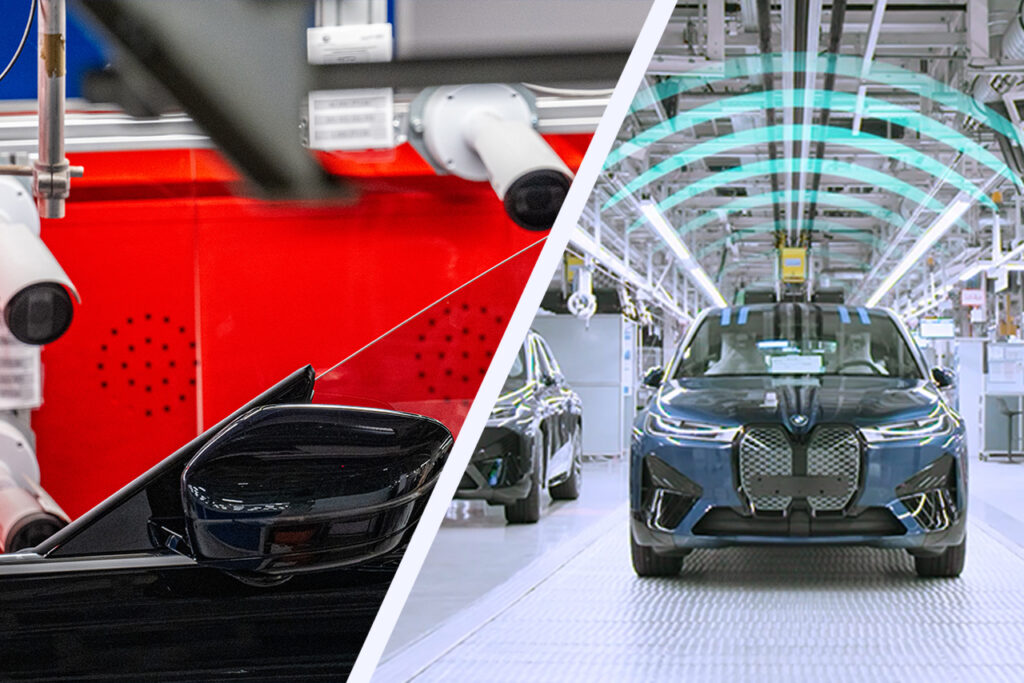
- Smart energy consumption optimization
- AI-powered production line design
- Worker safety monitoring via wearable AI
- Automated root cause analysis of defects

- Supply chain risk prediction and mitigation
- Dynamic workforce scheduling
- Voice-assisted maintenance guides
- Carbon footprint tracking in real time
Automotive
- Predictive diagnostics for vehicle servicing
- AI-enhanced infotainment personalization
- Autonomous fleet optimization for taxis/logistics

- AI for real-time insurance adjustment
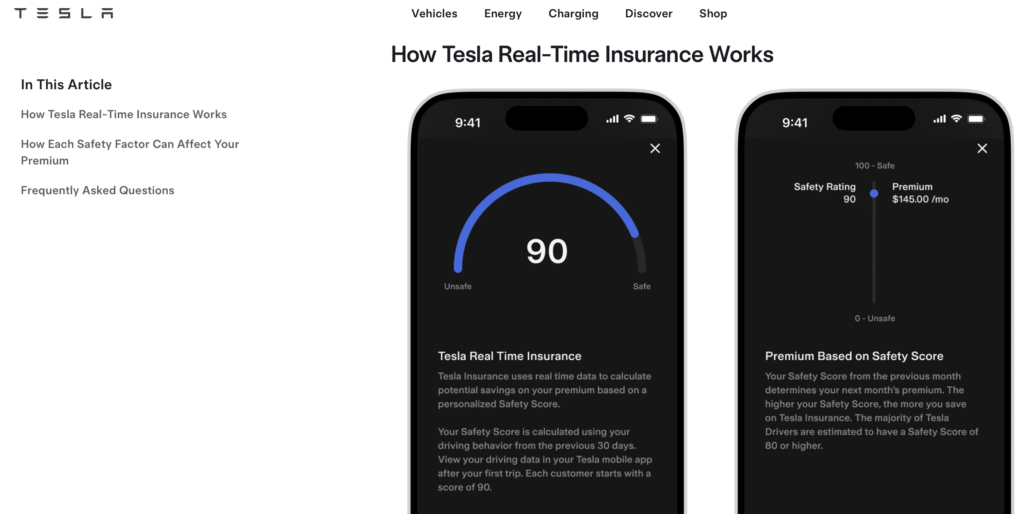
- In-car health monitoring for drivers
- AI-based traffic management for connected vehicles
- Voice-controlled repair diagnostics for mechanics
- AI-led parts logistics and warehousing
- Smart vehicle-to-vehicle (V2V) communication
- Sentiment analysis from driver behavior
Education
- Real-time adaptive learning systems

- Automated essay grading with feedback
- Early risk identification for dropouts
- Voice recognition for language learning
- Smart content curation for instructors
- Automated scheduling and resource allocation
- AI-powered student chatbots

- Plagiarism detection beyond surface-level
- Customized learning paths based on personality types
- Teacher productivity tools with AI suggestions
Cybersecurity
- AI threat intelligence from global attack patterns
- Phishing email detection in real time

- User behavior analytics for insider threat detection
- AI-powered incident triage and prioritization
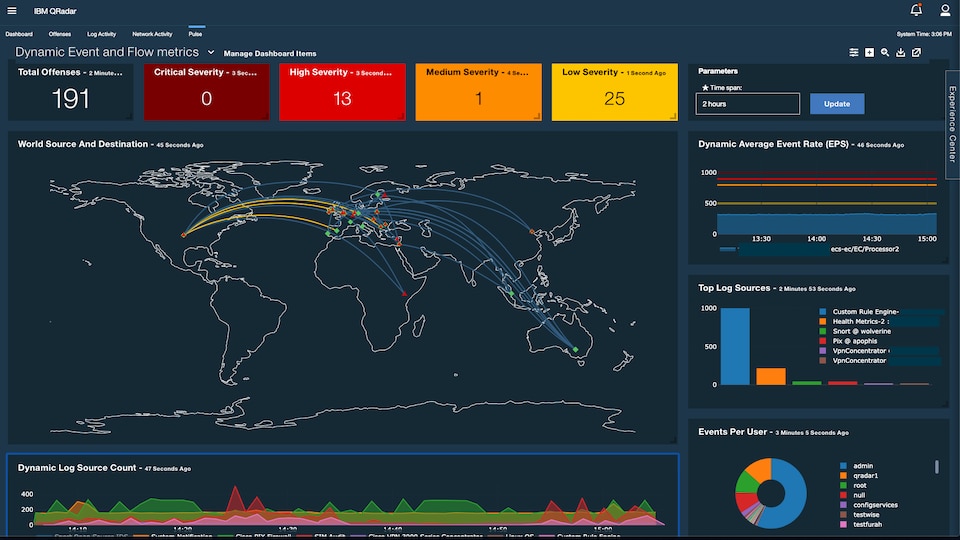
- Dynamic access control policies
- Threat hunting automation
- Deepfake detection using AI algorithms
- AI-based ransomware behavior recognition
- Security awareness training personalization
- Cloud workload protection with AI profiling
Natural Language Processing (NLP)
- Real-time transcription with speaker differentiation
- AI meeting summaries with action items
- Multilingual chatbots with cultural nuance

- Sentiment tracking in customer service
- Legal document analysis for red flags
- Resume parsing for hiring platforms
- Voice-commanded document editing
- AI-generated FAQs from support tickets
- Automatic translation with tone preservation
- Speech therapy with real-time feedback
Essential AI Technologies in High Demand
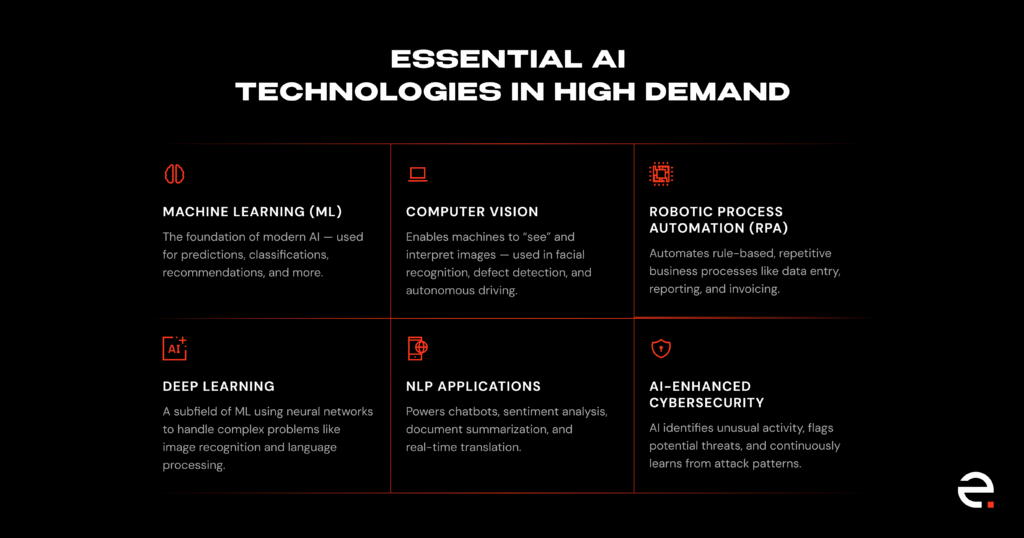
Requirements for a Successful AI Integration
Let’s say you run a logistics company. Your couriers are on the road every day, but they’re following routes based on habit or gut feeling — not data. Deliveries happen, sure, but in a chaotic way: one courier rushes to the other side of town for a single package, while another has to double back because of missed deliveries. It’s inefficient, it’s costly, and it’s a no-no!
A modern AI system could analyze all deliveries for the day, traffic patterns, driver locations, and even package urgency — and then suggest optimal delivery routes in real time. Sounds powerful, right? But to make this kind of transformation work, you need a solid foundation:
1. Clear Objectives
In other words – What are you trying to achieve? In the logistics case, is your goal to reduce fuel consumption (like by 20%)? Or cut delivery times (for instance, by an average of 15 minutes per route)? These could be your KPIs!! They will give your project direction!
2. Labeled Data
AI learns from examples, and those examples need to be labeled properly. For our logistics company, that might include labeled data like:
- successful delivery (yes/no)
- delivery time (fast/slow)
- route taken (efficient/inefficient)
- reason for delay (traffic/weather/customer not home)
If this data is messy or incomplete, your AI will be guessing instead of learning. We do not want any of that!!
3. A Reliable Data Pipeline
For our case, that could mean pulling in data from driver mobile apps, GPS systems, weather APIs, customer confirmations, and more. All of this needs to flow into one place in a structured way — otherwise, the AI won’t be able to process it.
4. The Right Model
Different problems require different AI models. For optimizing delivery routes, you might need a combination of machine learning (for predicting delays), reinforcement learning (for route planning), and perhaps some natural language processing (for analyzing driver or customer feedback).
A Methodical Approach to Implementing AI: Step-by-Step
Let’s stick with our logistics example to walk through what proper AI implementation really looks like. Because, spoiler alert: it’s not just “plug in the AI and everything’s faster.” It’s a methodical process:
1. Data Acquisition
In our logistics firm, this might include GPS logs from couriers, timestamps for deliveries, package sizes, weather conditions. The more context, the better your AI will understand what’s happening on the ground. Real-life note: If couriers use an app, that’s a goldmine of behavioral data — use it!!
2. Model Development
Now that you’ve got the data, it’s time to teach your AI how to use it. This means selecting and training a model that can find patterns. Like, recognizing which routes are consistently faster or which delivery zones tend to cause delays. The model learns from past deliveries to predict and improve future ones.
3. Deployment
Time to take it live. You integrate the model into the courier app or dispatch system. Now, when a courier logs in, they get an AI-suggested route that considers traffic, delivery urgency, etc. This is where AI goes from being theory… to reality!
4. Monitoring
But don’t walk away just yet — this is the critical part. After deployment, you need to clo-o-o-osely watch how the system performs. Are routes actually shorter? Is the model making any weird or illogical suggestions? In our case, maybe one driver is ignoring the AI route and still doing things manually. That’s a signal to investigate — maybe the model missed something important.
5. Troubleshooting
Let’s say the AI keeps recommending a certain shortcut, but drivers complain it’s under construction or unsafe. That’s a sign the data is outdated or the model isn’t adjusting to real-world changes. Troubleshooting here means updating the inputs, retraining the model, or adjusting the logic.
6. Re-deployment
Once you’ve made improvements or fixed bugs, you re-deploy the updated model. This cycle might happen multiple times in the first few weeks. Each round should get you closer to smooth, reliable performance.
7. Repeated Monitoring
Even after successful re-deployment, you still need to monitor performance continuously. Cities grow, traffic patterns shift, and customer behavior changes. Maybe a shopping season is coming, or fuel prices spike — does the AI still make good decisions? Rechecking ensures it stays relevant.
8. Continuous Improvement
Sure, the more your AI system learns, the smarter it gets. But! It still needs your help. Feed it updated data, experiment with new model tweaks, or introduce new variables (like vehicle type or fuel efficiency). In logistics, this might mean fine-tuning routes for electric vehicles vs gas ones, or adding real-time weather alerts to the model.
9. Scalability and Future Planning
Once your system works well in one city or region — it’s time to think bigger. Can it handle five times the volume? Can it be adapted for international delivery? For working with drones and autonomous vehicles? This is where AI shifts from being a tool to being a strategy. Future-proofing starts now.
10. Feedback and Adaptation
Finally, the most underrated step: listen to your people. Your drivers, dispatchers, and customers will all have opinions. Some of that feedback will be gold — like noticing that AI routes don’t account for loading dock wait times. Use this feedback to refine and humanize the system. The best AI works with people, not instead of them!
Now, let’s talk about common pitfalls and how to do everything just right (let’s stick with our logistics example for clarity!).
Common Pitfalls to Avoid in AI Implementation
1. Lack of Clear Objectives
- Don’t start without a well-defined goal — vague ideas like “make things better” don’t work.
- Do set a measurable target, like “reduce delivery delays by 20% within 3 months.”
2. Insufficient Data Quality
- Don’t assume your old spreadsheets or outdated CRM will be good enough.
- Do invest time in cleaning, labeling, and updating delivery, location, and traffic data.
3. Inadequate Expertise
- Don’t assign AI implementation to someone “good with Excel.”
- Do hire or consult AI specialists who understand modeling, logistics, and deployment.
4. Failure to Test and Validate
- Don’t assume the model works just because it runs.
- Do A/B test new AI-generated delivery routes against current courier behavior before full rollout.
5. Poor Project Management
- Don’t treat AI like a one-time IT upgrade.
- Do assign a dedicated team, define milestones, and manage the AI project like a business-critical transformation.
Exploring the Tools and Platforms in AI Implementation

Remember, this is just a small part of the popular options you can consider for yourself — find out what your competitors are using and make use of it too!
Conclusion
AI is powerful — but only when implemented with intent. It’s not about chasing trends or blindly adopting the latest model. It’s about understanding your business, using data wisely, picking the right tools, and building for the long haul.
If done right, AI can unlock efficiency, reduce costs, improve customer satisfaction, and even open up brand-new business models. Just remember: strategy first, tech second.
FAQ
-
What is AI implementation, and why is it important?
-
First of all, artificial intelligence implementation is a structured process. It involves integrating AI into various business operations, regardless of the industry a firm operates in. Such implementation of artificial intelligence helps companies:
a) automate
b) optimize
c) innovate
Not just administrative tasks, but also actual production, hardware maintenance, and more!! -
What are the key AI technologies in demand today?
-
If you are wondering how to implement AI in your unique workflow, you’re not limited to basic chatbots. In fact, when it comes to implementation of AI, there are many options to choose from, including:
1) machine learning
2) deep learning
3) computer vision
4) NLP
5) robotic process automation (RPA)
6) AI-powered cybersecurity and more! -
How can I measure the success of AI implementation in my organization?
- We recommend the good-old basics! Mostly, track your KPIs (model accuracy, ROI, cost reduction, customer satisfaction, time saved, error reduction etc.). Do not worry, before implementing a new solution, you’ll be setting clear goals anyways. It means your KPIs will be defined in advance, so results will be measured against them. Of course, it’s not always easy to tell whether a positive outcome came from a great employee effort or from a smart new system doing its job. That’s why it’s crucial to carefully track all the factors that could influence the results in a chosen period.